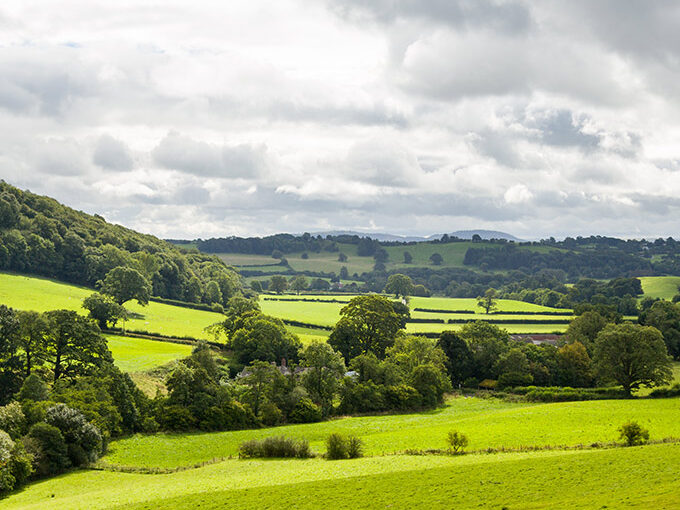Landowners and farmers who use grazing agreements should ensure that they are not just in control of what happens on the ground but also maintain an active role so as not to jeopardise available tax reliefs.
When certain conditions are met, Agricultural Property Relief (APR) is available to farmers who either farm the land themselves or let the land for agricultural purposes. Despite APR being a generous relief, it only removes from inheritance tax (IHT) the agricultural value of the land, and it is often the case that land has hope or development potential which would still be exposed to IHT.
This is where Business Property Relief (BPR) is used because it can mean, when all qualifying conditions are met, that the full market value of the land can be given away free of IHT. However, to qualify for BPR, the property has to be used in a business that is not mainly an investment business, which is how letting land is regarded as for tax purposes.
Farming land, rather than letting it, means that it may also qualify for certain capital gains tax (CGT) reliefs. For example, on a sale of the land, if the farmer ceases their business then they may only have to pay CGT at 10% rather than 20% if they qualify for Business Asset Disposal Relief (BADR, formerly known as Entrepreneurs’ Relief). If, after selling the land, they use the sale proceeds to reinvest in new land/buildings then they can defer the CGT liability by claiming rollover relief. Where there is a gift of land, this creates a CGT event based on the market value of the land, and a gift of farmed land may qualify for business asset CGT holdover, which would again defer the gain.
Whilst the McCall case (2011) and Allen case (2017) decisions came to different conclusions, Saffery says that for grazing lets evidence of occupation alone is not enough and that the famer must actively manage operations to maintain a reasonable standard of efficient production, ensure that pasture is in a good state of cultivation and fertility, that crops are free from disease, and that any necessary repair/maintenance is undertaken. For example, they should ensure that fertiliser is spread, weeds are tackled, and ditches and hedges maintained. They should also control when the animals of the renting grazier are allowed access to the land.
David Chismon, Partner, and a member of the firm’s Landed Estates and Rural Business Group, says:
“It should be best practice for the landowner to keep a regular record of the decisions they make which affect the management of the land. The condition of the soil is very important, and the landowner needs to be aware of it, and maintain or improve it to maximise productivity – these are actions of someone trading rather than a passive investor. It is perfectly acceptable for the landowner to seek advice, but ultimately it must be their decision and documenting all inputs could be key evidence in persuading HMRC that a valuable tax relief is available.
“The landowner needs also to make sure that they remain in occupation of the land, so it is suggested that the legal nature of the agreement should not create a landlord/tenant relationship. The landowner needs to demonstrate they have possession of the land and soil and therefore it may be necessary to limit the time when the grazier can put their stock on the land to graze.
“Letting grazing land should not, for tax purposes, be a passive activity, otherwise it ceases to be ‘trading’ and will be viewed as investment. Ultimately, without a significant level of activity and involvement, there is a real risk that the hidden cost of seasonal grazing could be a large CGT or IHT liability at some point in the future.”











